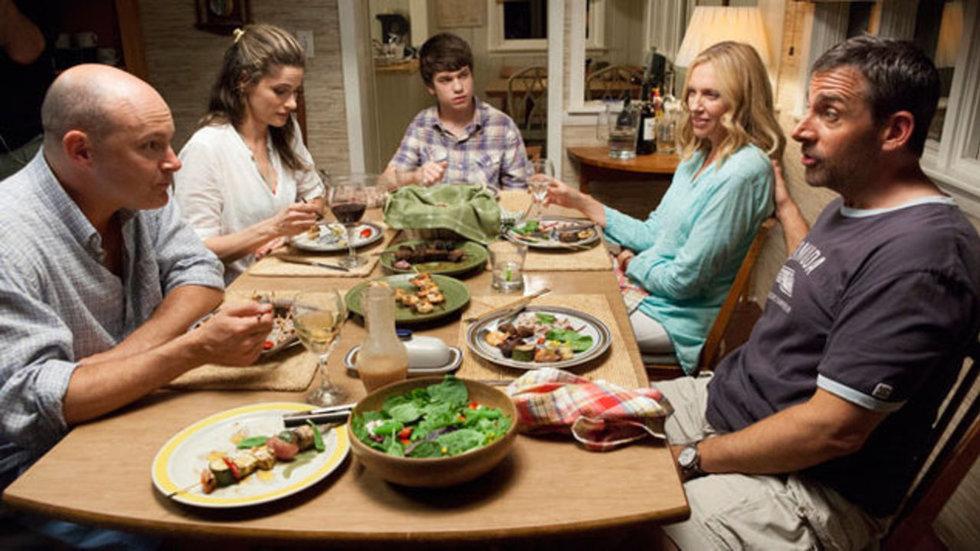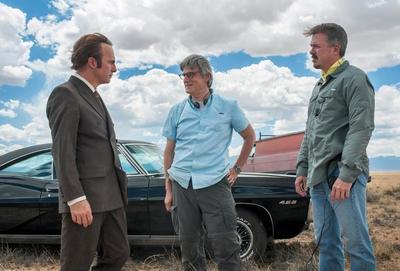
BY ZACHARY WIGON |
Racking Focus: The Way, Way Back Points the Way, Way Forward
As Hollywood increasingly emphasizes blockbuster releases, more and more of the studios' slates may become filled with independent fare that straddles the border between artistic and commercial.

I've written for Tribeca before about the ways in which the Hollywood model may align, in the future, with independent film. To put it succinctly: as Hollywood's emphasis shifts increasingly toward tentpoles and the cost of making high-production-value indies continues to decrease, we may see an ever-greater share of studios' lower-end slates (adult dramas, horror films, quirky comedies) get filled out by pickups at festivals, as opposed to being produced through the studio system. A talky drama with names that would cost a studio, say, $15 million to produce might cost them no more than $3-$7 million to buy at a festival (and that's if it's a hot item).
The truth may be that "average" filmgoers are more adventurous than studios give them credit for.
The good news, were this model to take hold, is twofold. First of all, there would be a higher demand in the indie marketplace, since studios that produced less low-end films for the sake of their tentpoles would fill out their slates with more buying.
Secondly, moviegoing audiences would be treated to a greater breadth of artistic perspectives than is currently the case. And while some Hollywood cynics may believe that the tried-and-true formulas for standard Hollywood filmmaking are all that mass audiences can stomach, the truth may be that "average" filmgoers are more adventurous than studios give them credit for.
One great and current example of all this is The Way, Way Back, Nat Faxon & Jim Rash's coming-of-age dramedy currently in domestic distribution via Fox Searchlight. Searchlight bought the film for $10 million at Sundance this past January, but again, a film starring Steve Carrell, Sam Rockwell, AnnaSophia Robb and Toni Collette - among others - would have cost well more than $10 million if 20th Century Fox produced it through the studio system.
Waiting to buy a film at market also means that the distributor can assess value on the basis of a finished product - the film - as opposed to a preliminary product - the script. The Way, Way Back opened this past weekend on 19 screens, pulling in $572K for a formidable $30K per-screen average.
And what does a filmgoer find in The Way, Way Back? Certainly, the film fits a certain type - no one is going to spend $10 million on an avant-garde movie - and that type is the John Hughes-ish coming-of-age summer picture.
Recalling Hughes' work as well as the more recent (and tragically under-recognized) Adventureland, the film charts the journey of 14-year-old Duncan (Liam James) from awkward adolescent to slightly less awkward adolescent. Indeed, much of the film's charm - and this is a key takeaway - derives from the fact that The Way, Way Back refuses to deliver the wholly conventional Hollywood ending that one fears, at times, it may be heading toward. While its setup is familiar to audiences, its restrained and nuanced resolution surely falls outside of what the "mass" audience expects of it.
And rather than fleeing in the other direction, the filmgoing public (thus far) is flocking to the picture. The film's continuing rollout will display whether this continues to be the case, but for now, The Way, Way Back is a charming example of what may come to be if the Hollywood studios' migration toward blockbusters continues. In this model the studios, independent filmmakers and moviegoing public all win.

